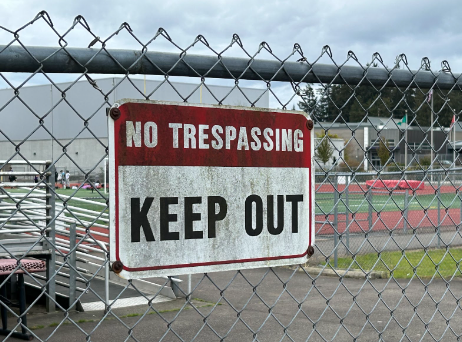
As summer break approaches, high school students eagerly await things like swimming pools, stargazing, and sunny days. Most students look forward to days off during the school year, yet some argue about the fairness of these breaks. Though it is an American tradition, only some schools worldwide have summer breaks that last more than 8 to 10 weeks. More than 45 school districts in the U.S., or 2 million students, use a “balanced calendar”. A balanced calendar means losing summer break but gaining more often and longer breaks throughout the year. However, the varying success of this system prompts an ongoing debate within the education community. Do longer breaks from school actually impact academic performance? How might adjusting the length of summer break affect our community? And, what is truly the best option for our students?
An extended summer break could offer various benefits: like more opportunities for experiences outside of school, such as learning life-long skills. A broadened summer break would also provide additional time for relaxation, which can evidently increase well-being. FLEX College Prep, a college and career readiness website, states: “A less demanding schedule allows students to make decisions for themselves and explore their interests without being assigned research or homework”. However, one concern associated with a lengthened summer break is the loss of education. A prolonged summer break would mean more time during the beginning of the year wasted on reviewing, and even less time to adjust to a likely rigorous schedule. TFD Supplies, an education blog, and online shop, claims: “When students no longer have to get up early every day and maintain a structured schedule, they fall out of practice and often have significant difficulty re-acclimating once the school year resumes”. A longer summer break does allow for more personal time, but it may lead to learning loss and difficulty re-adjusting to routine.
One way to achieve a shorter summer break is with a balanced calendar. This method does not decrease the days that students spend in school but spreads them out, to increase academic performance with more consistent education. Balanced calendar advocates state that reducing the risk of summer learning loss is reason enough to transition away from the traditional schedule. Though, Mr. Brian Vandiver, a teacher at CHS, states: “Breaks are good and needed. However, having too many breaks would disrupt the flow of the school year in my opinion, and add to parent stress of having to find daycare for younger students”. Other supporters state that a shorter summer break would be helpful enough, emphasizing that education should be the primary focus in a student’s life. But, Mr. Brian Vandiver adds: “A shorter summer break does not allow teachers and students to have a break that is needed to recharge for the next year, and does not allow that to happen to the degree it needs to happen as teachers will have to spend those breaks still preparing for after the break”. Abruptly changing the current education schedule, in general, might put a strain on our community.
The debate over the ideal length of summer break requires a range of factors, like what is simply best for our community. While a longer summer is ideal, it does raise concerns about educational setbacks. This is why a summer break that lasts two to three months- our current system- is the best option for our students. This length allows for rejuvenation while keeping students engaged in learning almost year-round. Other ways to go about this include shorter school days, or longer Thanksgiving, spring, and winter vacations. However, this is unlikely due to the laws regarding how many days students should spend in school yearly. And of course, a balanced calendar is still on the table if executed properly. But as we continue to attempt these ideas, we must remember that the most important goal is prioritizing the development and interest of our students.
